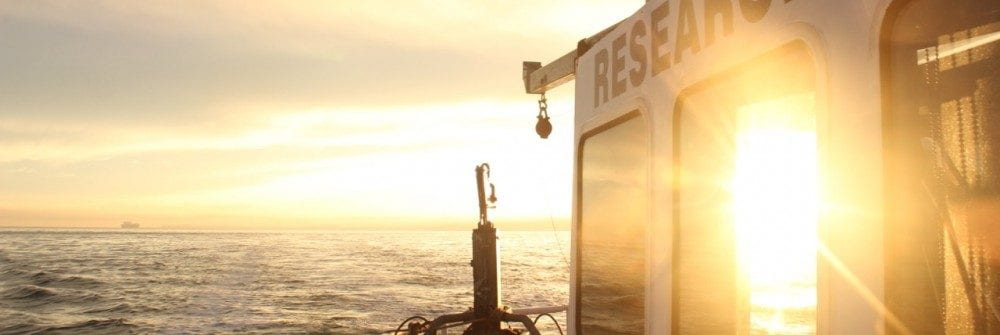Waikaraka Estuary, in Tauranga, New Zealand, is the perfect place to study how an ecosystem changes following mangrove removal. Unlike other parts of the world, mangroves are expanding in New Zealand. These mangroves provide many benefits, including stabilizing coastlines and storing carbon. However, they also change the habitat by trapping mud, which prevents bivalves (clams and oysters) from growing. People living along the coast cut down mangroves to prevent them from “muddying” their estuaries. In Waikaraka Estuary, local citizen groups began clearing mangroves starting in 2003. Our collaborator, Debra Stokes (Southern Cross University), examined the changes in the 5 years immediately after mangrove removal. Now we’re studying the estuary more than 10 years later. This sort of long-term study is rare and provides valuable information on the evolution of a coastal system.

Left: Google Earth Image of Waikaraka Estaury in 2003. Note the extensive mangroves. Right: Same view in 2018; the mangroves are almost completely gone.
This study is funded by the new ASLO Limnology and Oceanography Research Exchange (LOREX) program. ASLO is promoting international collaboration by funding graduate students to conduct research abroad. Check out blog posts about our field work on the ASLO LOREX website! Further funding for sampling materials and laboratory analysis has been provided by the Quaternary Research Center at UW.
Collaborators:
Debra Stokes (Southern Cross University), Karin Bryan (University of Waikato), Conrad Pilditch (University of Waikato)







